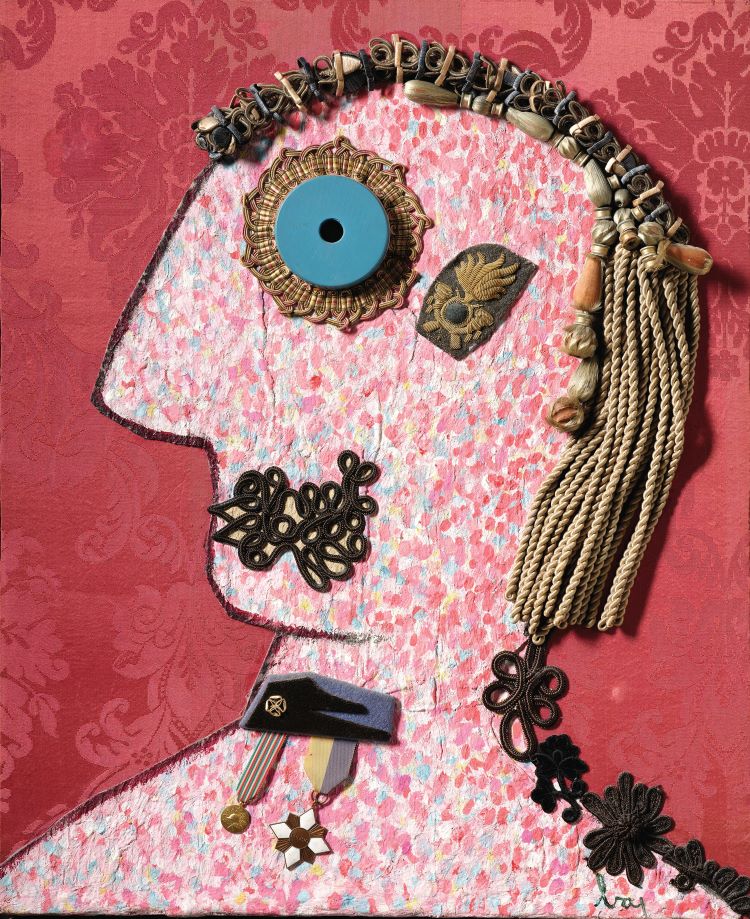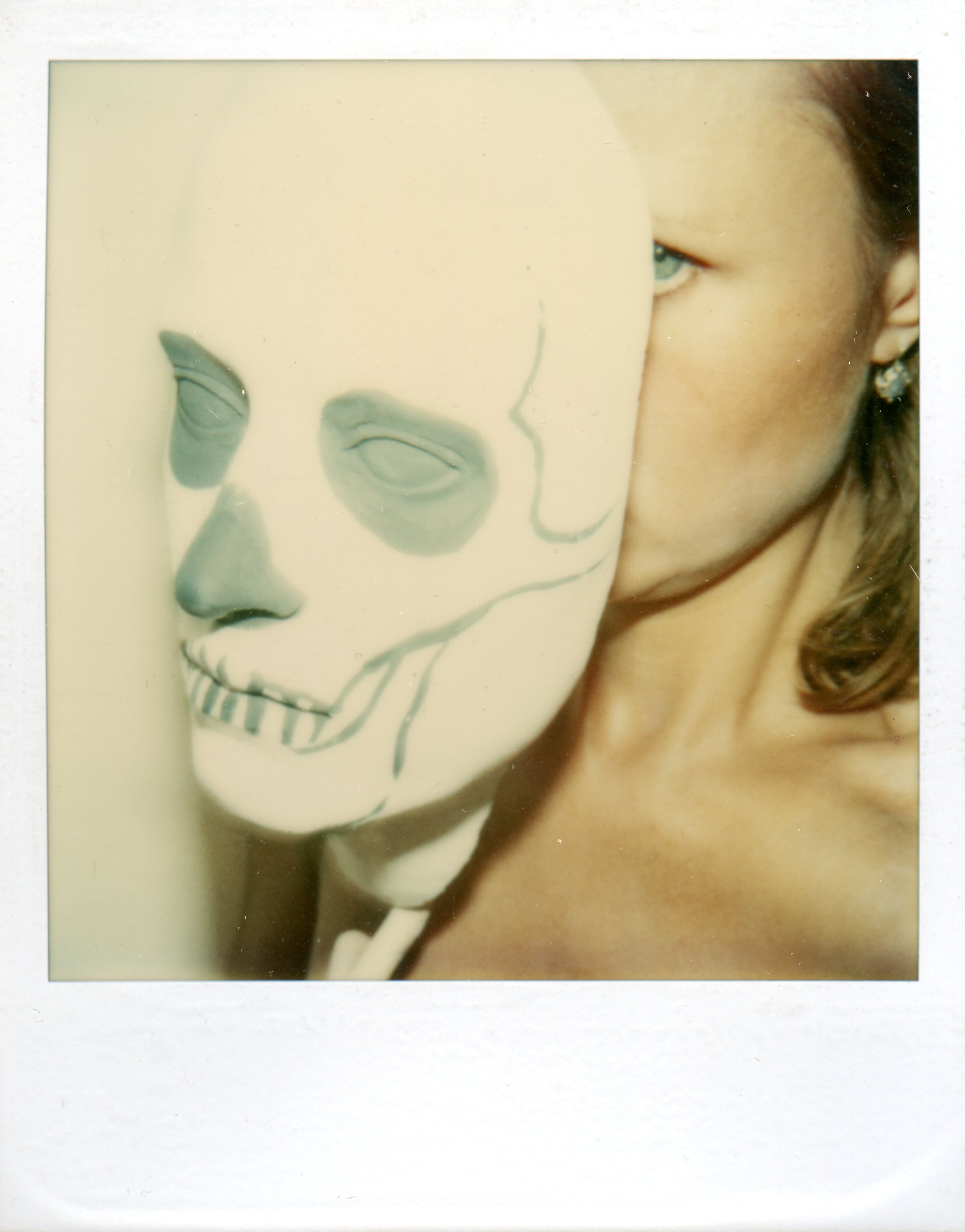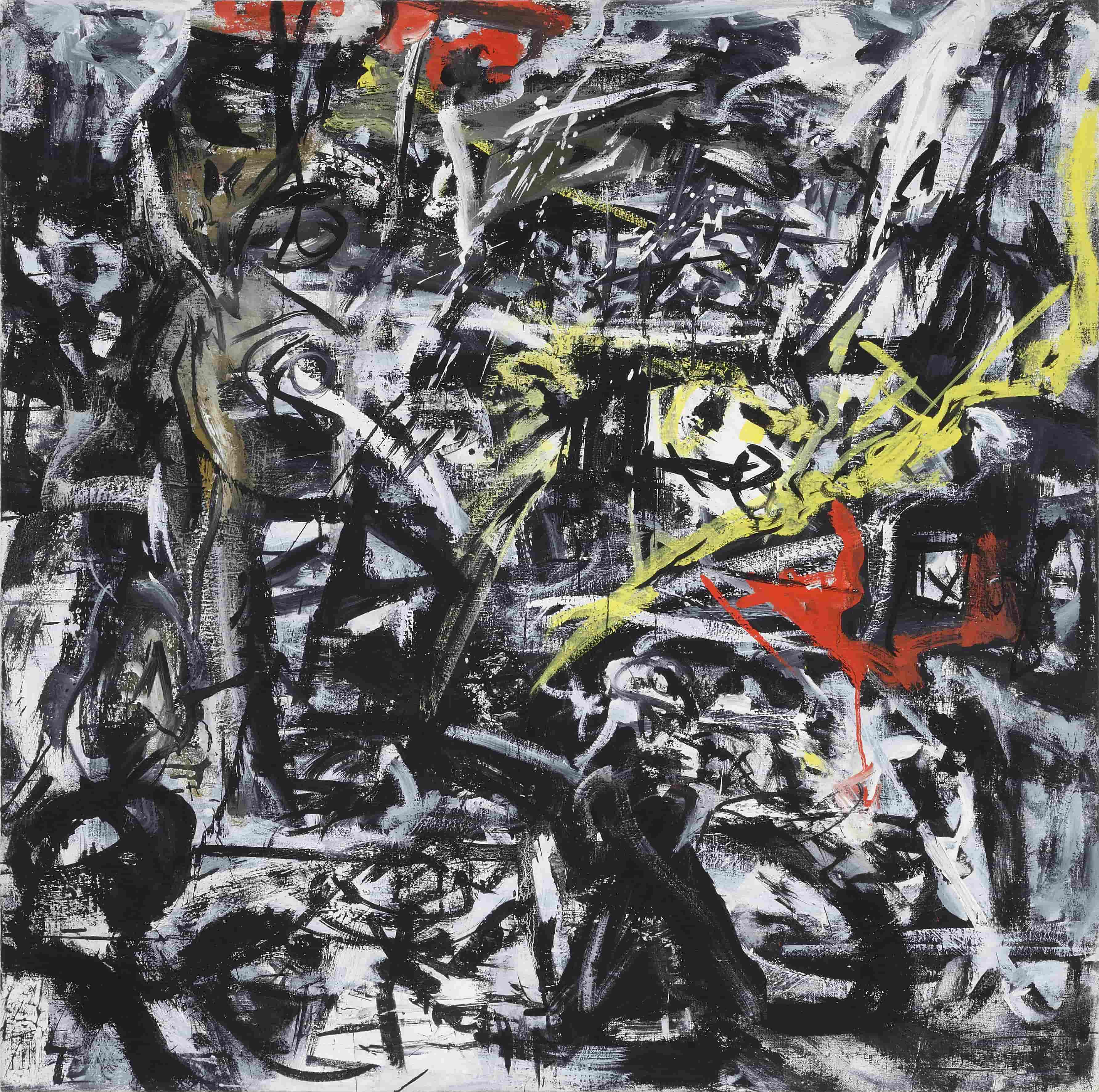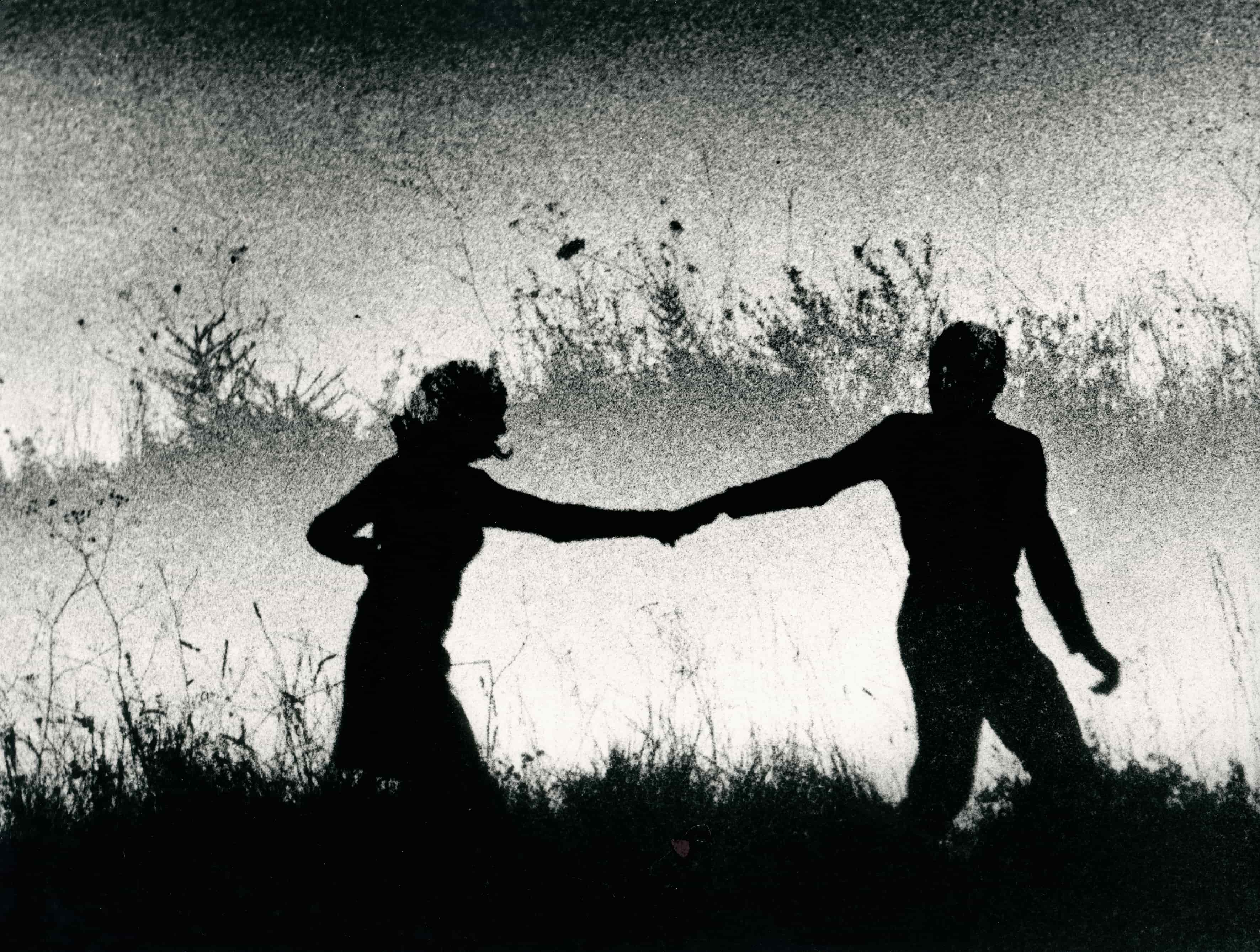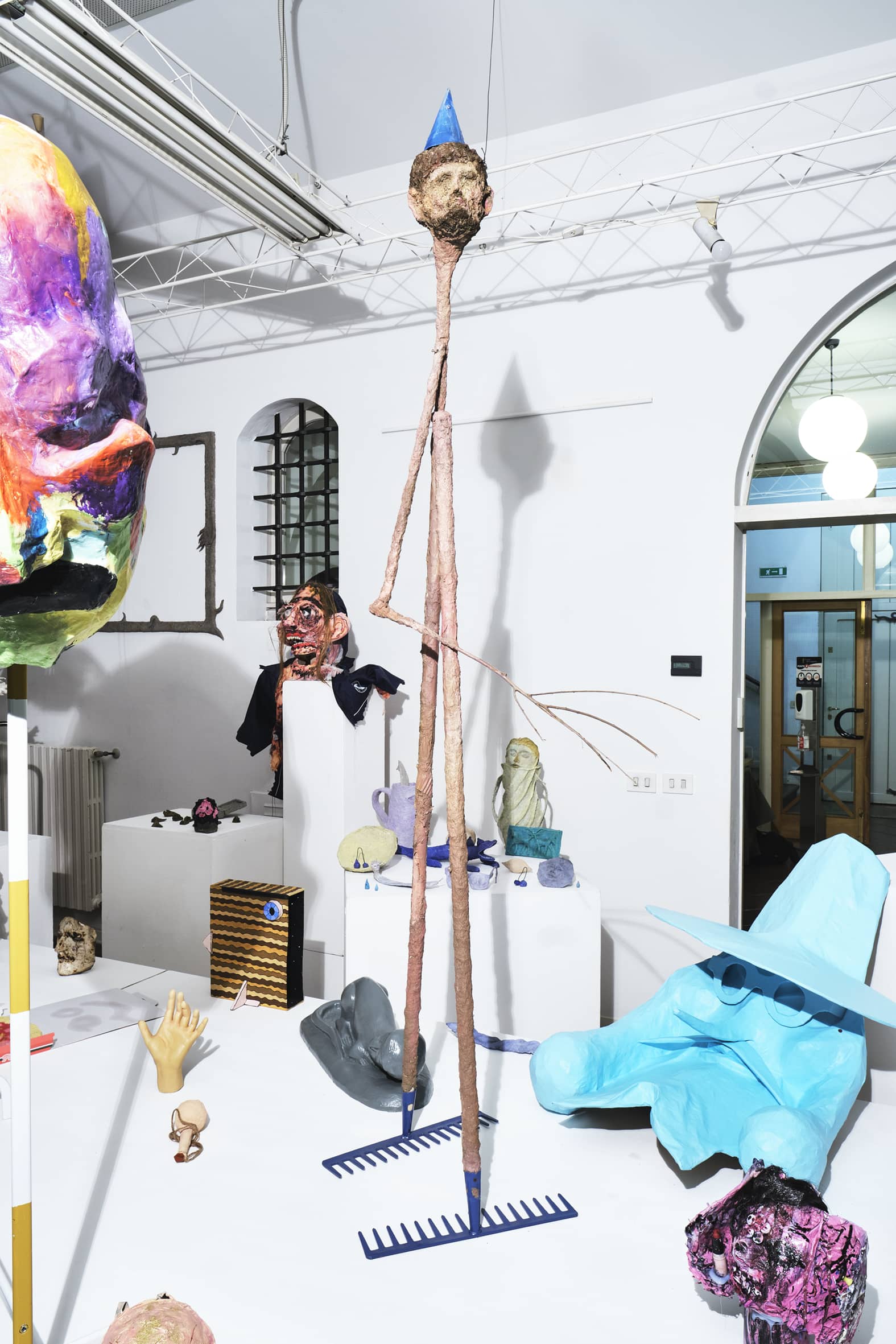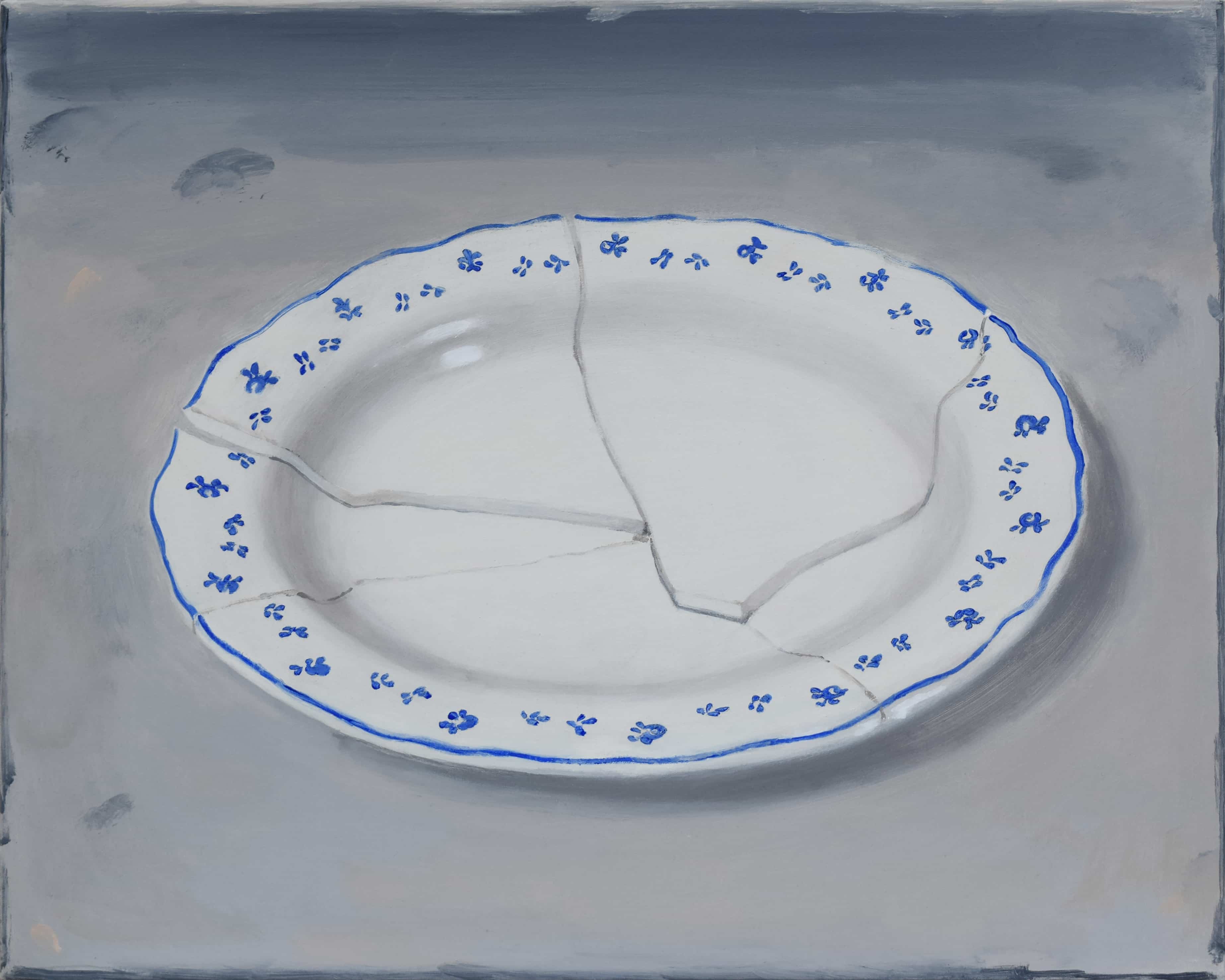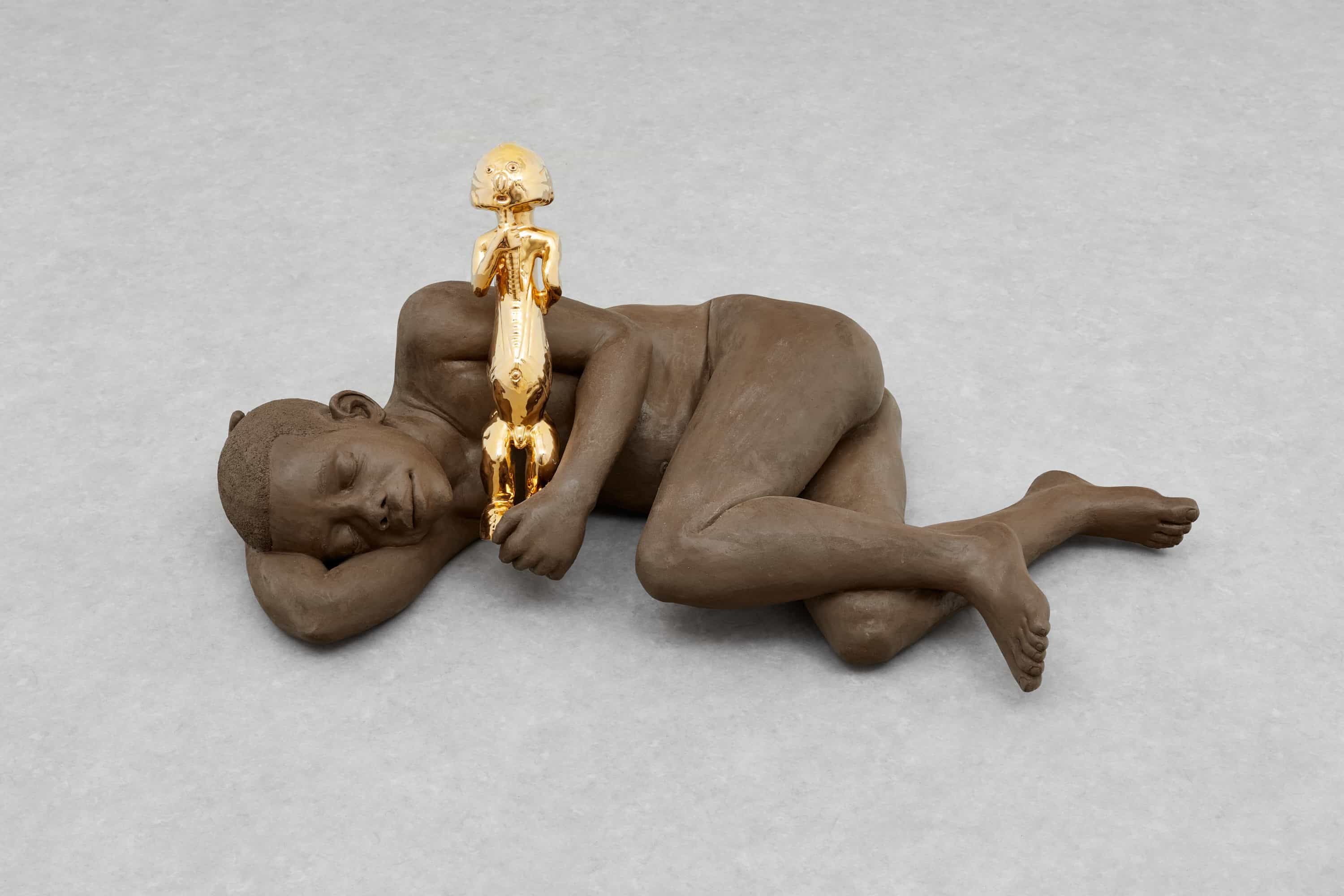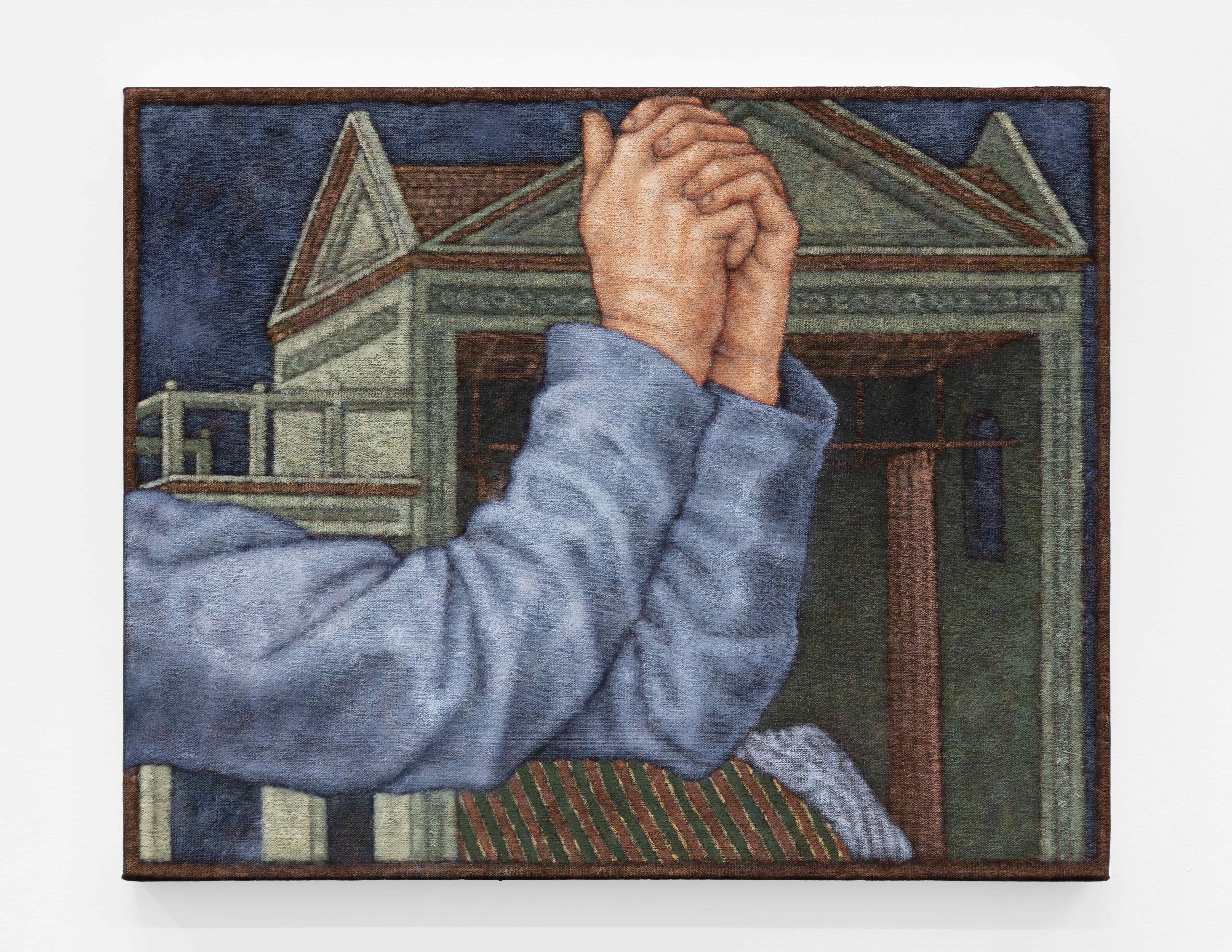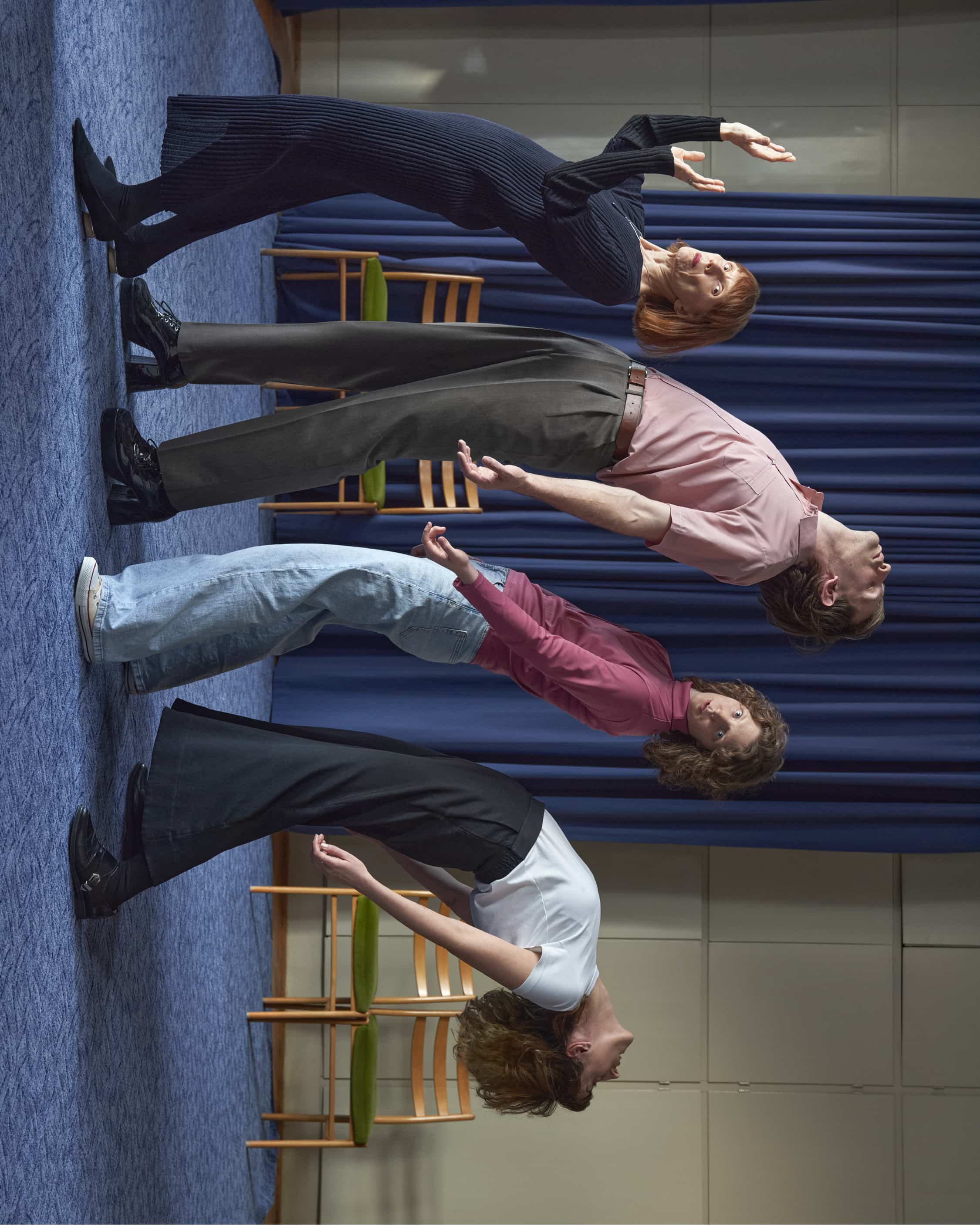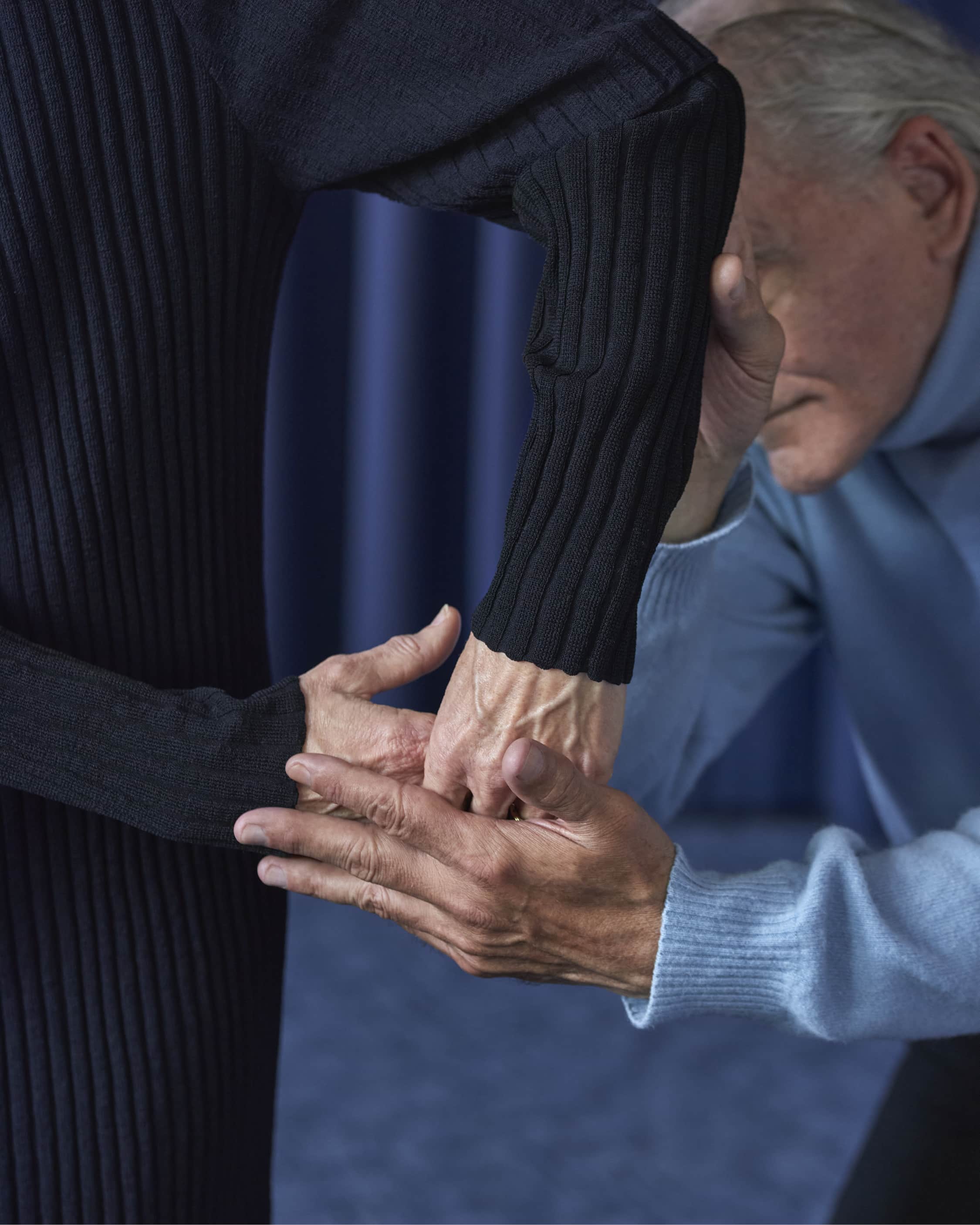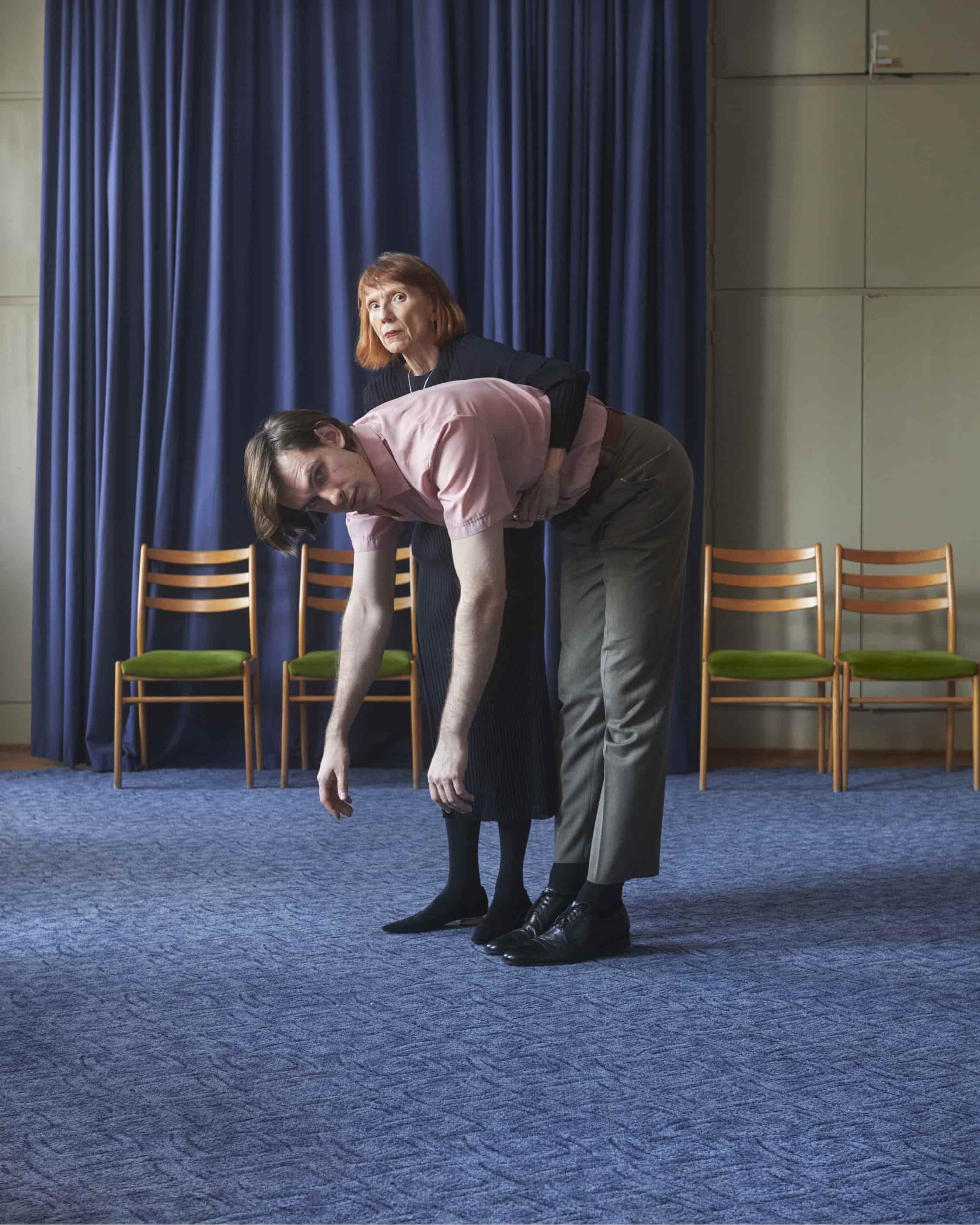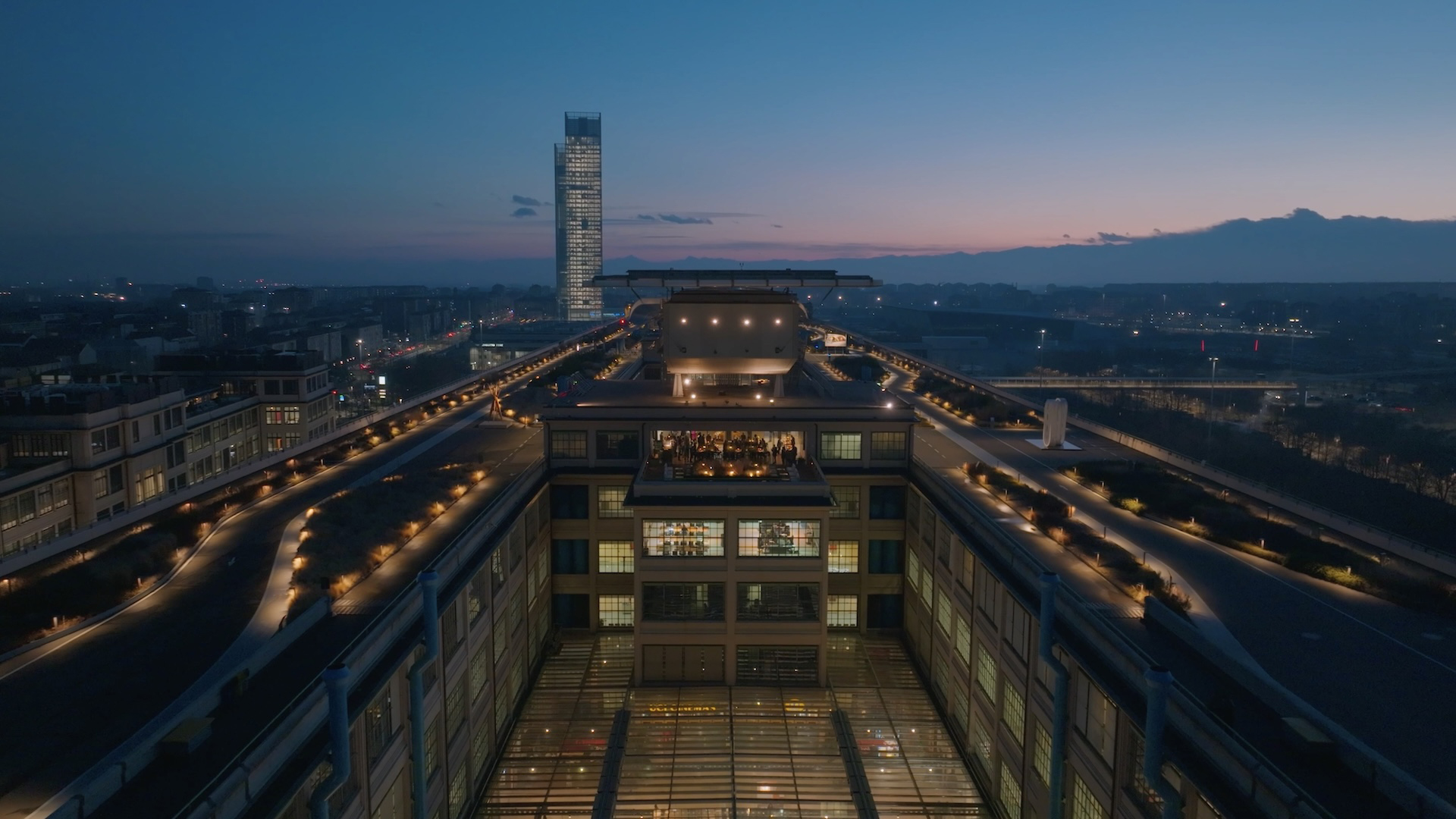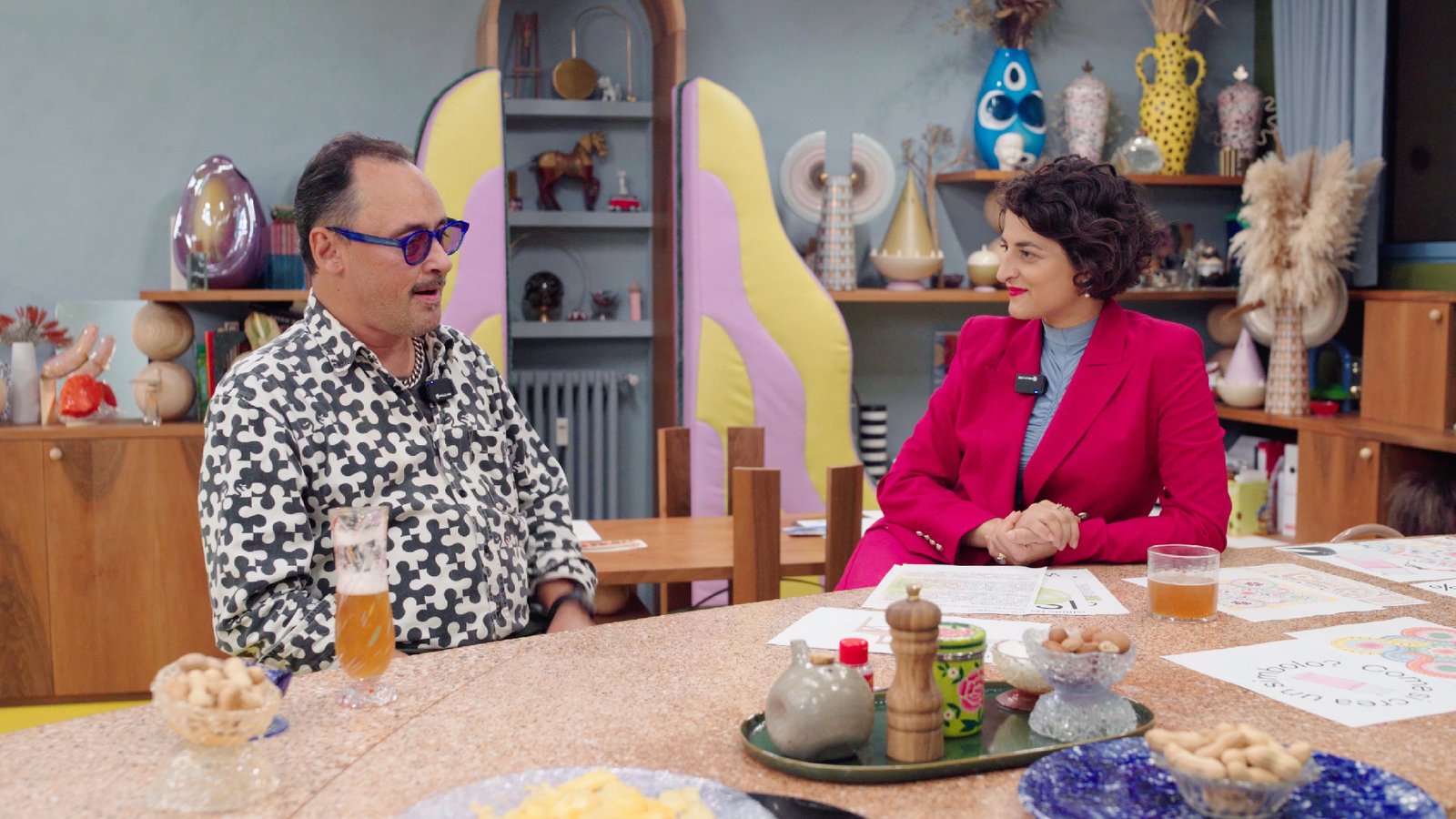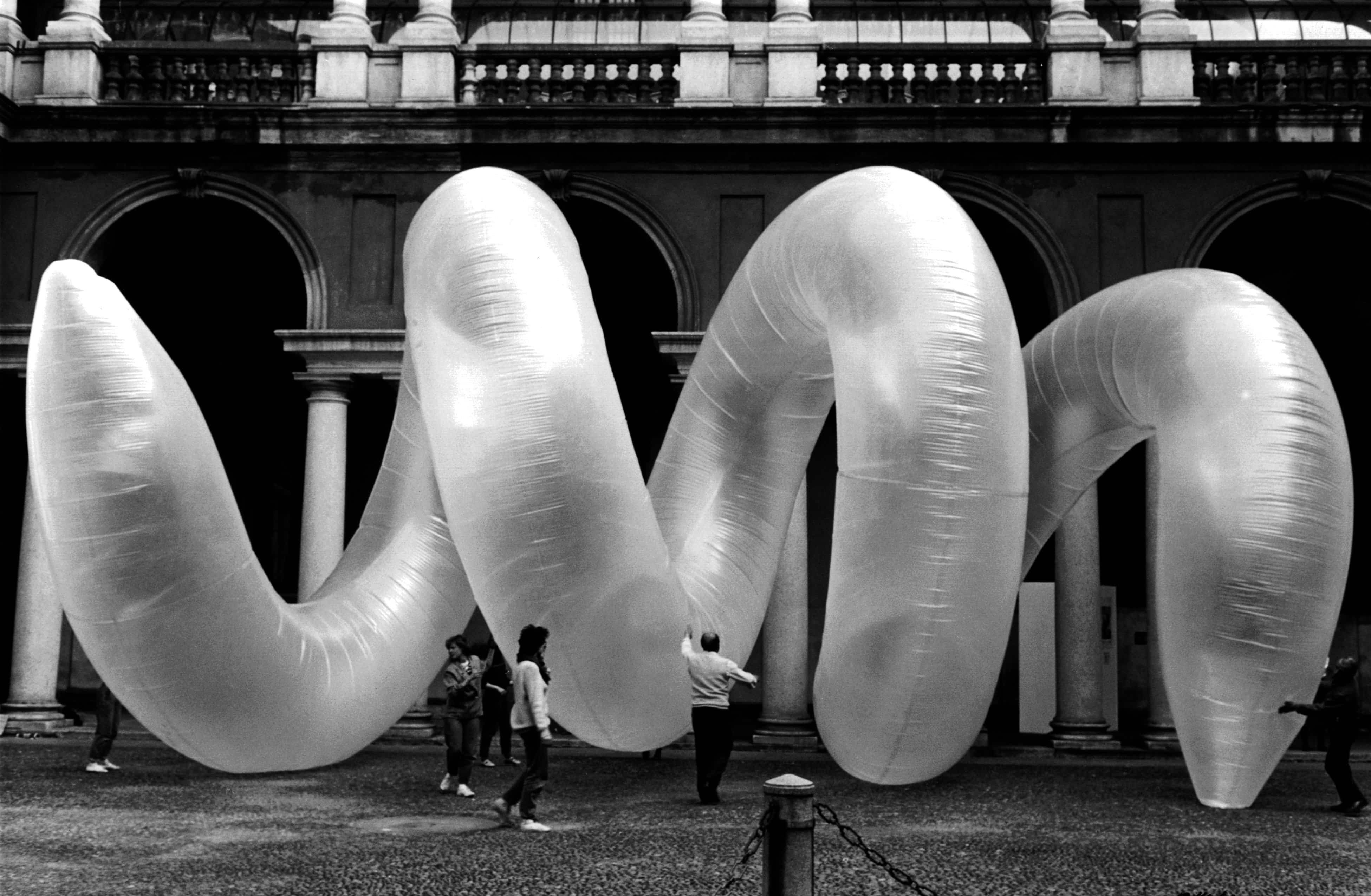
Re-building an art fair
An interview with Nicola Ricciardi, the creative director of miart
In the run-up to the 2025 edition of the fair, we spoke to Nicola Ricciardi, the artistic director of miart, to learn how the fair has evolved under his direction and what we can expect this year. He was busy preparing for the fair, so we conducted this interview on Zoom while being shuttled between meetings in the back of a car.
The road to miart
When recollecting his career and his move into art, Nicola says, “I was working for a PR company, and I started working on cultural projects with the arts. I realised there wasn’t always clear communication between companies and artists, and I felt that I could be that conduit that understands the needs of companies and artists”.
After completing a master’s in Curatorial Studies from CCS Bard at Bard College in New York, he was appointed director of the art space OGR Torino in 2016. Over four years, he curated over 20 exhibitions, including solo shows by Tino Sehgal, Susan Hiller and Mike Nelson. “I learned a lot about managing people and building things from scratch. Then in 2020, COVID happened, and my space was turned into a hospital, which was scary”, he adds when speaking about the time before taking the job at miart.
 Nicola Ricciardi, foto di Piergiorgio Sorgetti
Nicola Ricciardi, foto di Piergiorgio Sorgetti
“I was asked to direct the fair from 2020, which was something that I never had in mind, but for me, it was another occasion to build something from scratch”, as, at that time, all art fairs had halted due to the pandemic.
Rebuilding miart
When starting the role, Nicola realised “the first task in 2020 was to build the trust in the system, and the trust in Fiera Milano (the events company that organises miart). I understood that the key there was to be a good listener … I started by giving my number to 200 plus galleries and saying call me and tell me what are your problems and issues? What are your most important needs? They started calling day and night, and I found myself in the role of the psychoanalyst, but I think that's what they needed, to feel that someone was listening - I could then explain these needs to Fiera Milano, who was also struggling. By listening to both parties, we could revive trust in the fair”.
He admits, “My first edition was not the greatest regarding galleries and projects. We may have been the first art fair to reopen in a physical setting in 2021, so we needed to demonstrate that we could still make an art fair happen. A base we could build upon to strengthen the fair and reinforce this trust among the stakeholders, not just galleries, but also collectors”. Since then, he adds they’re “trying to make the list of galleries better and better. In 2025, we have the best year in recent years, almost on par with the last pre-pandemic fair in 2019”.
“If we manage to convince people like Sadie Coles, Ben Brown and Victoria Miro, and Massimo De Carlo” - one of the most prominent galleries in Milan who haven’t participated in miart since 2019 - “it demonstrates we're building something that galleries desire and it’s a solid and reliable opportunity for them to do business and to meet collectors”. “I believe that this upward trajectory that we started in 2021 shows that galleries trust us, even if it's possibly one of the worst times for them, as we live in very turbulent times when it comes to the art market today”.
Supporting emerging galleries
Over the last two incarnations of miart, visitors have entered through a section of emerging galleries before moving into the main section. A decision that makes the fair more exciting. Nicola says this decision came out of a discussion with emerging galleries in 2021, who felt that visitors didn’t come to see them or that they had spent all their energy and struggled to engage with the work by the time they did visit.
On this point, Nicola says, “My first reaction was to ask myself how do I make people come to this section more? My answer was let's force them, and so we had this idea of putting emerging galleries at the entrance and on an obligatory path that all visitors must walk down”. He then laid down the gauntlet to these galleries to say now, “It's up to your project to be outstanding so that people stop and people decide to buy. We did this for the first time in 2022, and it was a huge business success, selling out very fast”. Then, “Through word of mouth, the quality of the galleries participating went up”.
When it comes to how the larger galleries feel, he answers candidly, “Historically, the blue-chip galleries would have been at the entrance, and they were all mad at me at first because they wanted to be the ones that collectors see first. However, after the first edition that we did this, they came back saying that it was great. Because they were happy to support young galleries, they were not intimidated, and collectors will always visit their stands” - it’s why miart has decided to keep this layout for 2023, 2024 and 2025.
He is particularly proud of the “galleries that move from emerging to established sections. Every year, at least four of three galleries are doing this, a huge leap in economics as booths in the emerging section cost less than half the established section. And the competition is different from being in a section of 25 galleries to the entire fair of 170 galleries”.
When we discuss negotiating which gallery goes where in the fair, he jokes that “often it feels like everyone wants to move, and sometimes it works out that they want each other’s spaces, so it’s an easy switch. Sometimes you can’t say no to a request, and other times it’s about saying no in the right way”.
The wider Italian art scene
miart is in the week before Milan Design Week, and we discussed how these two interact with one another “These are two very different fairs and different weeks, and the design week has a lot more money and resources. We cannot compete with their muscles, but on the other hand, I do feel that there are a lot of overlaps, and I like to champion overlaps in my career”.
“I’ve designed several guides for the design week to try to lure people that are coming to design week to come to Milan maybe a couple of days earlier, to see what's in town, including the fair and also the exhibition that I've curated” - Nicola is one of the curators for a Robert Rauschenberg exhibition that will open at Museo del Novecento to coincide with miart.
Every other year, miart happens shortly before the Venice Biennale and referring to when this happened last year, “It was a great opportunity for us to bring international people, including directors of museums and collectors. We spoke to several people planning to go to Venice to say, stop in Milan two days before. We had no direct connection with the Venice Biennale because it’s its own world, but I always try to foster collaboration”.
“This year, on the weekend of miart, there will be two important openings in Venice at Palazzo Grassi and Punta della Dogana. When I realised that I had called their general manager to suggest we should do something together, I also talked with all the institutions, not only Milan but also around Milan, to see if there might be some way we can mutually support one another”.
The curatorial theme of miart this year is ‘among friends’, and Nicola says, “This idea of building bridges may sound optimistic in today's world, and talking about friendship in the world we live in sounds a little bit out of time. But I think, on the contrary, I think it is even more important to talk about in this day and age because I believe we are in the same boat here. We share this big boat on very turbulent seas, and if everybody sails together, we have a better chance of surviving”.
Looking ahead
When I ask Nicola about what the future holds, given his aim was to bring the fair back to 2019 levels and it feels like this year he has, he clarifies, “The first goal is to see if what we have built in 2025 is a success and I’ll only know this on April the sixth (the final day of the fair)”. Nicola is contracted to remain at miart until the 2026 edition. When I ask what comes after that, he remains open-minded: “If you asked me five years ago if I could see myself being artistic director of miart, I would have said no, so I’ve been very lucky to have this opportunity, and we’ll see what comes after that”.
Cover Image: Franco Mazzucchelli Elica, 1985 Intervento Ambientale, PVC, air Cortile of Brera Courtesy The Artist and ChertLüdde, Berlin
Tabish Khan is an art critic specialising in London's art scene and he believes passionately in making art accessible to everyone. He visits and writes about hundreds of exhibitions a year covering everything from the major blockbusters to the emerging art scene.
He writes for multiple publications, and has appeared many times on television, radio and podcasts to discuss art news and exhibitions.
Tabish is a trustee of ArtCan, a non-profit arts organisation that supports artists through profile raising activities and exhibitions. He is also a trustee of the prestigious City & Guilds London Art School and Discerning Eye, which hosts an annual exhibition featuring hundreds of works. He is a critical friend of UP projects who bring world class artists out of the gallery and into public spaces.
